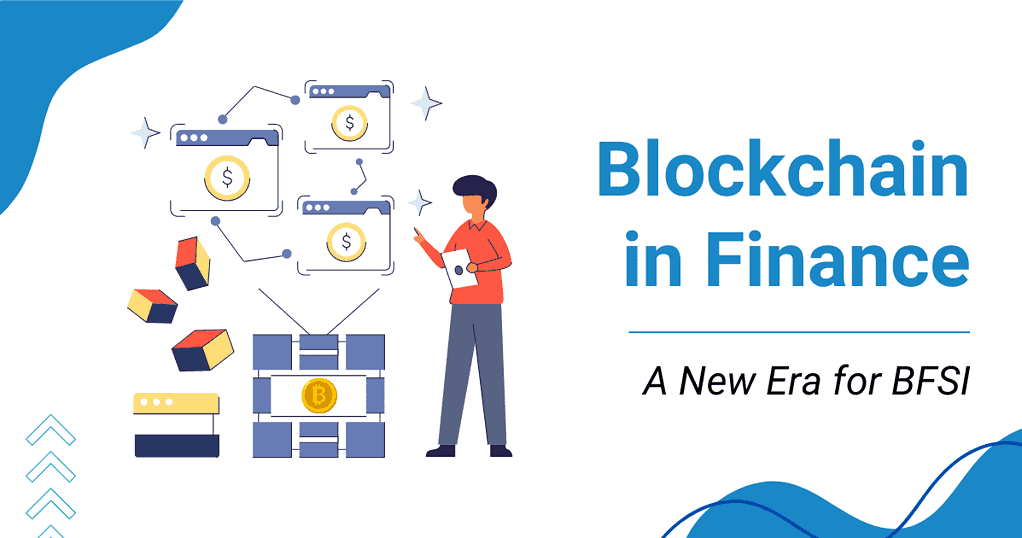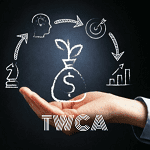
Understanding Blockchain’s Disruption of Traditional Finance
The financial industry has always thrived on trust, transparency, and the efficient transfer of value. With the emergence of blockchain technology, the core dynamics of how financial systems operate are undergoing a transformative shift. Blockchain, originally the backbone of cryptocurrencies like Bitcoin, has evolved into a powerful tool enabling decentralization, immutability, and real-time transparency, features that are now reshaping modern finance.
Why Financial Institutions Are Turning to Blockchain
Traditional banking systems often rely on centralized ledgers, manual processes, and intermediaries to verify and settle transactions. This structure leads to delays, high costs, and vulnerability to fraud. With blockchain, financial institutions can:
- Reduce transaction costs through automation and the elimination of intermediaries.
- Accelerate settlement times, moving from days to minutes or even seconds.
- Enhance security with cryptographic protocols that are nearly impossible to tamper with.
- Increase auditability, enabling real-time access to immutable transaction records.
These advantages are pushing major banks, asset managers, and financial service providers to integrate blockchain into their operations.
Top Use Cases of Blockchain in Finance
1. Cross-Border Payments and Settlements
One of the most revolutionary impacts of blockchain is in the realm of cross-border payments. Traditional international wire transfers can take 3-5 business days and come with hefty fees. Blockchain platforms like Ripple and Stellar enable instantaneous, low-cost transactions between banks and individuals across the globe. This not only speeds up financial processes but also opens up access to underbanked regions.
2. Smart Contracts for Financial Instruments
Smart contracts are self-executing contracts with the terms directly written into code. They are becoming a game-changer for derivatives trading, loans, insurance, and supply chain finance. With smart contracts, counterparties can automate complex financial agreements, reduce the risk of human error, and ensure that contract conditions are met before payouts are triggered.
3. Asset Tokenization
Asset tokenization refers to converting physical or digital assets into blockchain-based tokens. Real estate, art, stocks, and even commodities can now be fractionalized and traded digitally. This opens up liquidity for illiquid assets, enables global participation, and creates new investment opportunities previously reserved for institutional players.
4. Decentralized Finance (DeFi)
DeFi platforms operate without intermediaries, using smart contracts to provide financial services like lending, borrowing, trading, and yield farming. Built on public blockchains like Ethereum, DeFi represents a paradigm shift toward open financial systems that are permissionless, transparent, and accessible to all.
5. Know Your Customer (KYC) and Anti-Money Laundering (AML) Compliance
Compliance with KYC and AML regulations is a critical, yet cumbersome part of finance. Blockchain enables shared, tamper-proof identity verification systems that can reduce duplication and fraud. Using zero-knowledge proofs and self-sovereign identity frameworks, institutions can maintain privacy while ensuring regulatory compliance.
Major Financial Players Investing in Blockchain
The world’s top financial institutions are no longer watching from the sidelines—they are actively investing and collaborating with blockchain startups to stay ahead of the curve.
- JPMorgan Chase launched JPM Coin, a blockchain-based stablecoin for institutional clients.
- Goldman Sachs is building a digital asset platform for tokenized securities and has led investments in multiple blockchain ventures.
- BNY Mellon, one of the oldest banks in the U.S., offers custodial services for cryptocurrencies, paving the way for broader institutional adoption.
- Visa and Mastercard are integrating blockchain to enhance payment security and settlement speeds for cross-border transactions.
Regulatory Landscape: Evolving Frameworks for a Blockchain Future
As blockchain adoption accelerates, governments and regulators worldwide are racing to develop frameworks that foster innovation while protecting investors. The European Union’s MiCA (Markets in Crypto-Assets) regulation is one such example, aimed at creating a harmonized regulatory environment for crypto and blockchain activities. Meanwhile, in the U.S., the SEC and CFTC are refining their roles in overseeing digital asset markets.
Despite regulatory uncertainties, collaborations between regulators and financial institutions are increasing. The goal is to strike a balance between consumer protection and technological advancement.
Challenges Hindering Widespread Adoption
While the benefits of blockchain in finance are substantial, challenges remain:
- Scalability: Current blockchain networks struggle with high transaction volumes and network congestion.
- Interoperability: Seamless integration between blockchain platforms and traditional systems is still in development.
- Regulatory clarity: Inconsistent regulations across jurisdictions hinder cross-border innovation.
- Security concerns: While blockchains are secure, smart contract bugs and external hacks on DeFi platforms pose ongoing risks.
Financial institutions are addressing these issues through research, collaborative pilots, and the development of enterprise-grade blockchain solutions.
The Future Outlook: Blockchain as the Financial Backbone
Looking ahead, we expect blockchain to become an integral component of the financial system. Innovations such as central bank digital currencies (CBDCs), interoperable blockchain protocols, and green blockchains are set to redefine how money moves globally.
Central banks in countries like China, Sweden, and the Bahamas have already launched or piloted CBDCs, offering faster transactions and enhanced monetary policy tools. These developments signal a shift toward digitized, programmable money backed by sovereign institutions.
Moreover, efforts to reduce the carbon footprint of blockchain operations—like Ethereum’s transition to proof-of-stake—are making the technology more sustainable and appealing to ESG-focused investors.
Conclusion: A Paradigm Shift in Global Finance
The integration of blockchain technology in the finance industry is not just a passing trend—it is a fundamental transformation that promises greater transparency, security, efficiency, and financial inclusivity. As barriers are overcome and regulatory frameworks mature, blockchain is poised to reshape the future of global finance, laying the groundwork for more resilient, decentralized, and innovative systems.







